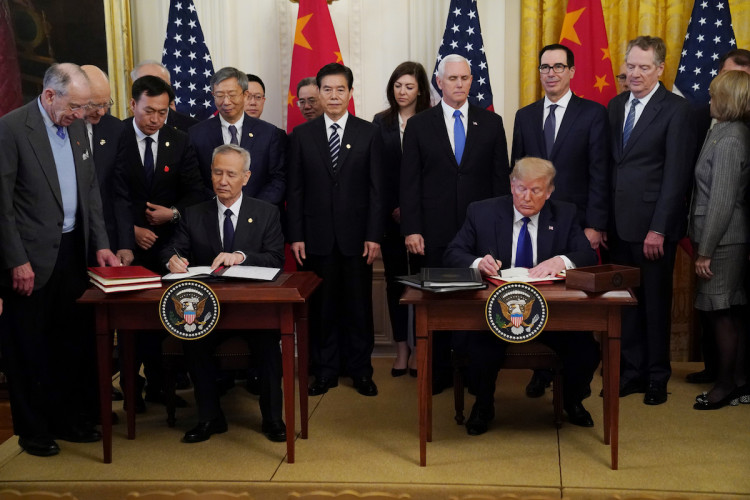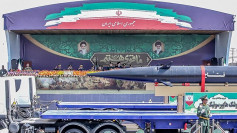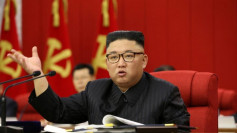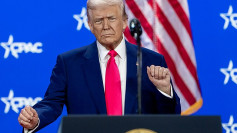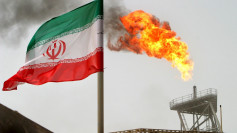After a long wait fraught with vague narratives and oftentimes just blunt rhetorics, the United States and China finally decided it was time to move on, "right the wrongs" of the past, and make things better.
Trump signed a long-drawn trade accord with China on Wednesday in the East Room of the White House in Washington that officials say will set the stage for a sharp increase in profits of American products and services to China.
The trade signing is also expected to boost exports from US manufacturers and farmers, further open Chinese markets to foreign firms, protect American trade secrets, and ease frictions in a long-running drama between two of the world's most influential economies.
The United States took a momentous step, and "one that's never been taken before... as we sign Phase One of the historic trade deal between the United States and China," Trump said, as US Vice President Mike Spence and Trade Secretary Steven Mnuchin and other top US officials listen, as the President delivered his speech.
"We must seek a common ground while putting aside differences and find a path towards a win-win solution," Liu He, Chinese Vice Premier and chief negotiator, said on his turn on the podium, in a short video clip released by The Wall Street Journal early Thursday. The historic signing, Liu stressed, has very important implications for China, the United States, and the world at large.
Trump further advanced the signing as a way of giving economic justice for American workers -- an agreement that both countries hope would alleviate animosities in their trade relations. In a letter he sent to Trump, which Liu read, Chinese President Xi Jinping said that Phase One was good for both countries and the rest of world.
The eight-part deal acts as a ceasefire of sorts in a two-year trade stalemate that has disrupted financial markets around the globe. It also leaves in place - and this is among the sensitive parts - US taxes on around $370 billion worth of Chinese goods, which, according to experts is a leverage that the US has on China.
The deal also leaves a gray area that has yet to be ironed out even after the White House signing ceremonies, complaints that hang in the air, notably -- the way Chinese regulators subsidize its business entities -- voiced by Trump and his team of advisers when it launched a trade showdown by implementing tariffs on Chinese imports in July 2018.
The trade signing is one that will, for the moment, provide a breath of fresh air and some light on doubts that at some point made it all look like everything was lip service and neither the US nor China was ever going to make true on their promise to sit down and ink that deal.
Meanwhile, US Trade official Robert Lighthizer disclosed that work on follow-up negotiations would depend on how their Chinese counterparts will fulfill the commitments they made during the early stages of the negotiations. The trade signing is the first agreement of its kind and "we have to make sure that it works," he pointed out.
